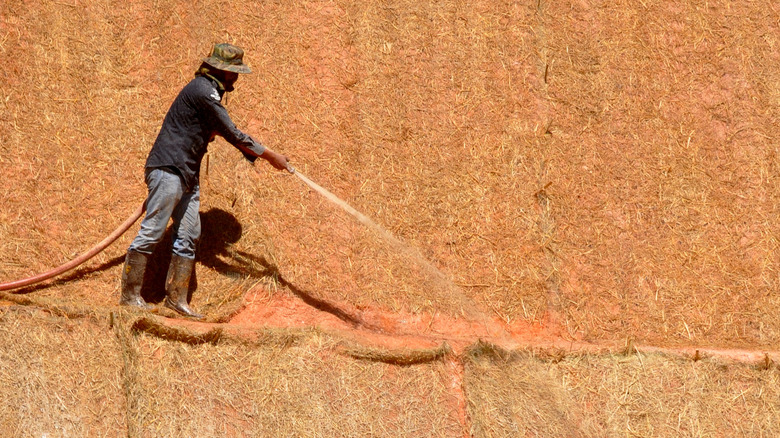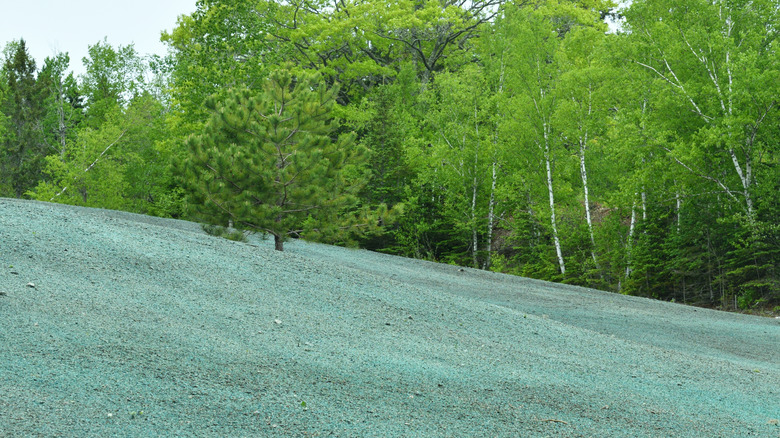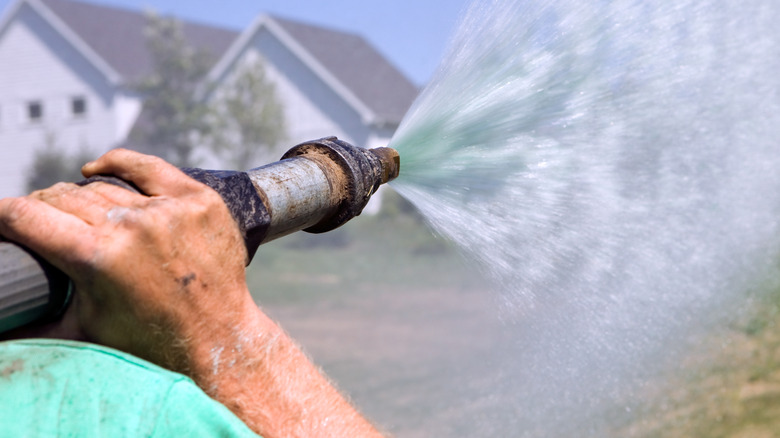How Much Will You Spend Hydroseeding Your Lawn?
If you are preparing to start a new lawn at your property, you have a few different options, including laying sod and planting grass seed. However, one of the easiest options may be hydroseeding because of how it can benefit your new lawn. Hydroseeding uses a tank, a pump, and a hose to deliver a slurry to the ground that allows the grass in the yard to grow and to establish itself quickly. But how can you know if hydroseeding is the best option for your lawn? One way is by comparing the costs of different options. For an average-sized piece of ground, you would expect to pay around $1,000 for materials and labor to have a professional do the work. You may be able to save a little bit by doing the hydroseeding yourself, but a pro can do it faster and may offer a guarantee.
When comparing the cost of hydroseeding to laying sod or planting grass, you can make the most accurate comparisons by looking at cost per square foot. When hiring someone to apply the slurry to your space, expect to pay between $0.06 and $0.20 per square foot. Sod, meanwhile, costs between $0.30 and about $1 per square foot, but because the grass is already growing, it takes less time to plant and establish. Grass seed is the least expensive option, in part because it requires the most work to establish. Planting grass costs about $0.02 to $0.04 per square foot.
Considerations that increase the cost of hiring a professional to hydroseed your lawn
Although we listed the average cost for hydroseeding earlier, you could probably pay anywhere in the range of about $500 to $2,000. You may even pay more than the highest end of the range in certain circumstances. Of course, if you have a huge property, your cost will be higher. If you only have one or two companies in the area that can perform hydroseeding, those companies may charge a premium because they are in high demand. Professionals may quote you a higher than average price if they have to deal with water restrictions or a higher cost for water in your area, because the slurry mixture they are using has quite a bit of water in it. If you have a severe slope on your property, the professional hydroseeding company will probably charge you more because it takes extra slurry to cover sloped ground versus flat ground.
If the soil in your yard is lacking in nutrients or if it has an abundance of weeds, this could make the price you'll pay for hydroseeding higher. If the professional must use a mechanical sprayer on a truck to reach your property, this costs more than using handheld sprayers or backpack sprayers.
Finally, the type of grass seed you select to be part of the slurry affects your overall cost, too. Rarer grass seeds drive up the price, such as those that are highly drought-resistant.
Cost of doing hydroseeding as a DIY project
Compared to other options for a DIY job to establish your new yard, sod is going to be the easiest and take the least time. Planting traditional grass seed is also a potential DIY job, although it is extremely labor-intensive. DIY hydroseeding fits in between the other two methods in terms of the intensity of the work. However, DIY hydroseeding tends to be less effective than other DIY means of establishing grass.
Although it is possible to set up all the equipment and make the slurry yourself, many people will choose to leave hydroseeding to the professionals. They already have the equipment and know-how necessary to do the job. Additionally, the professional lawn care company can recommend the best types of grass seed to use as part of the slurry based on your soil conditions and climate, which is something you may struggle to do yourself.
To do the work yourself, you could try to rent a hydroseeding machine to apply the slurry. Expect to pay $300 to $500 per day for renting a machine, if you can find one locally. You could also outright purchase one, but you could pay as much as $10,000 for the machine. Another option is to build your own machine using a pump and sprayer with a drum that holds the slurry. You cannot use a handheld manual pump sprayer with the slurry because it is too thick, so you need a mechanical pump.


